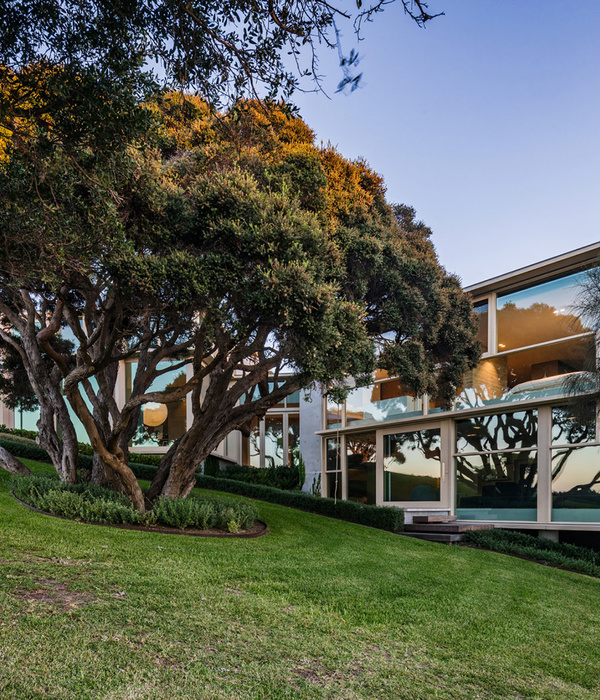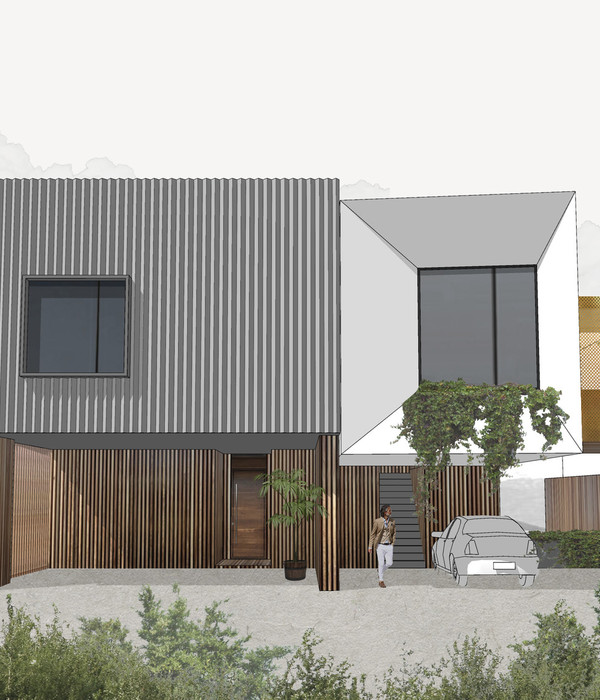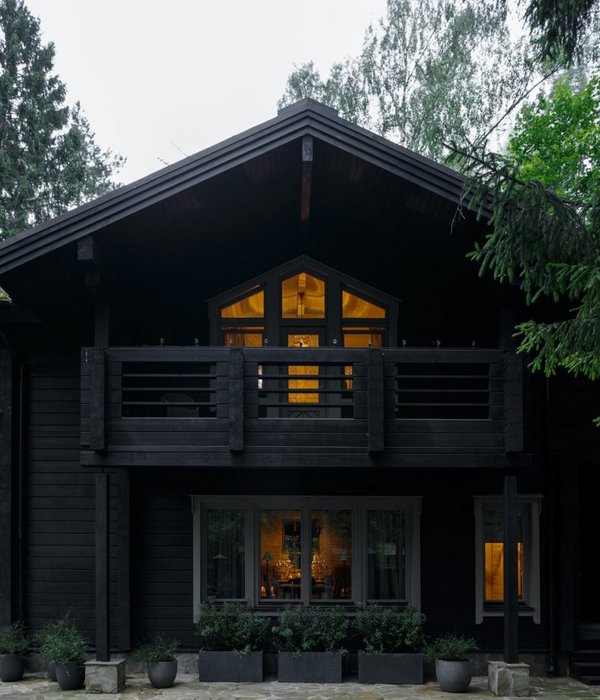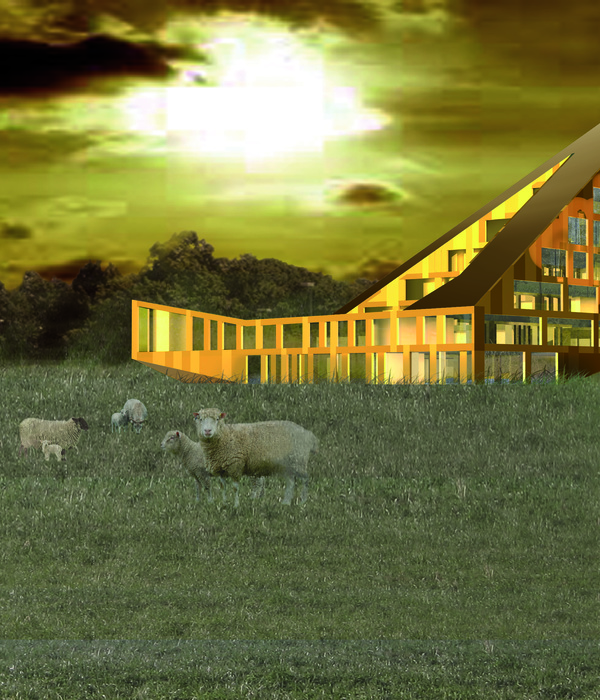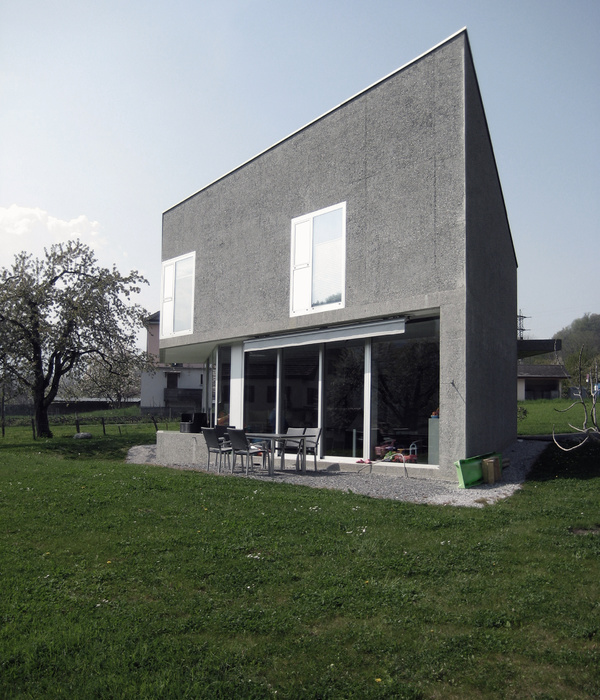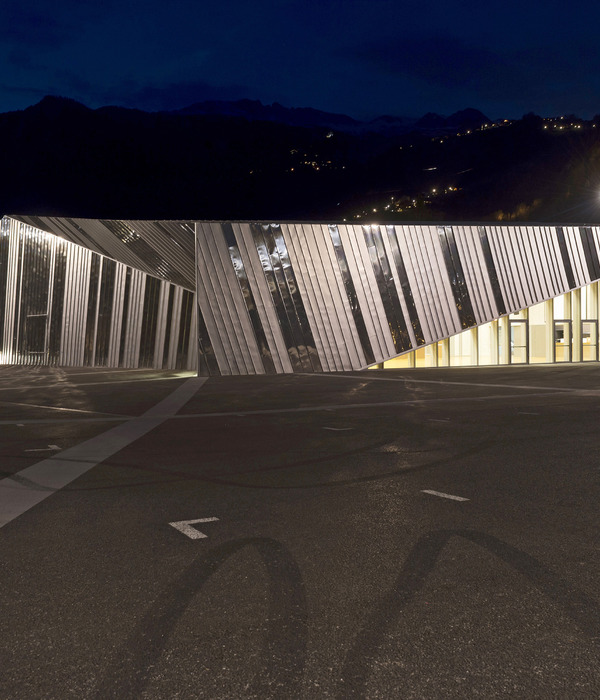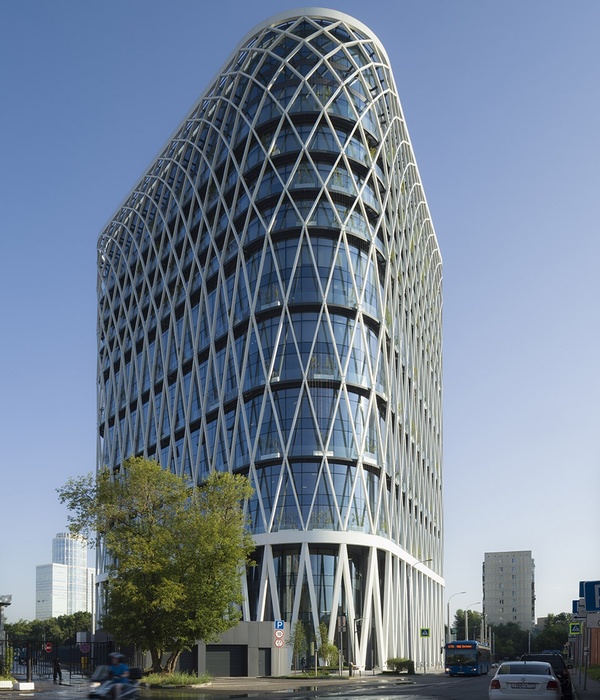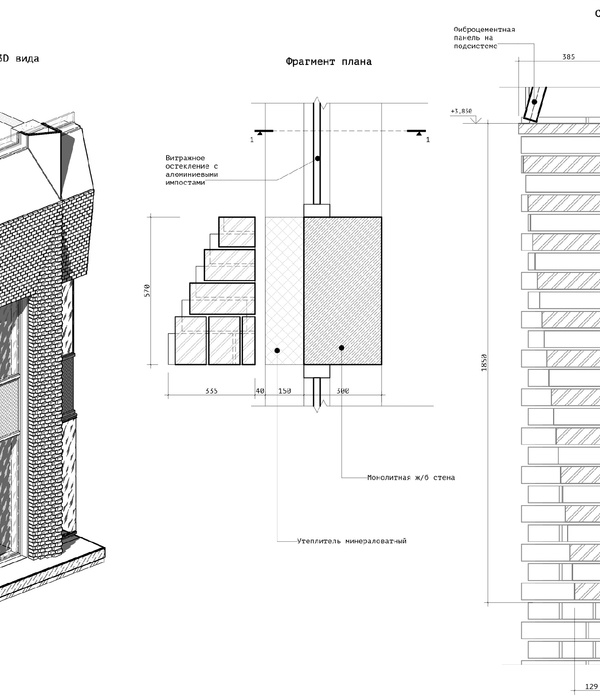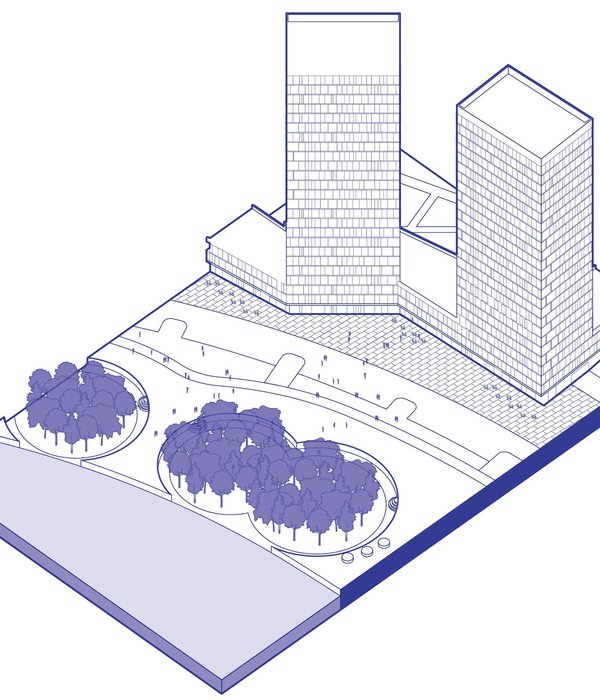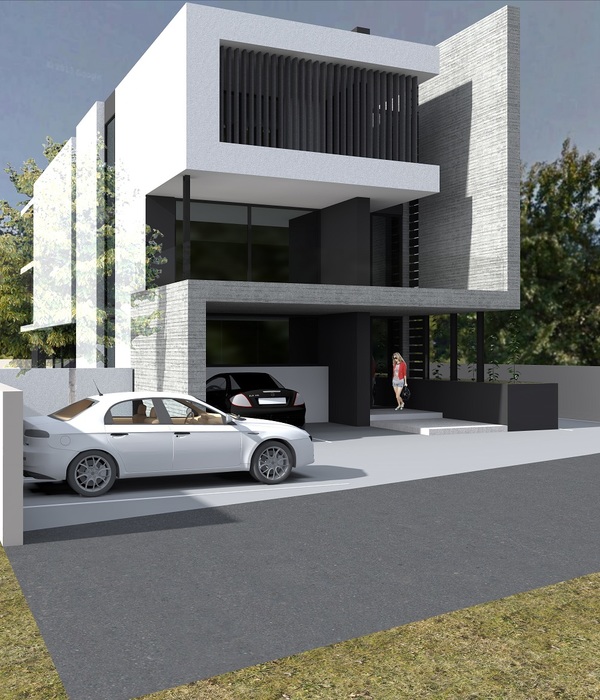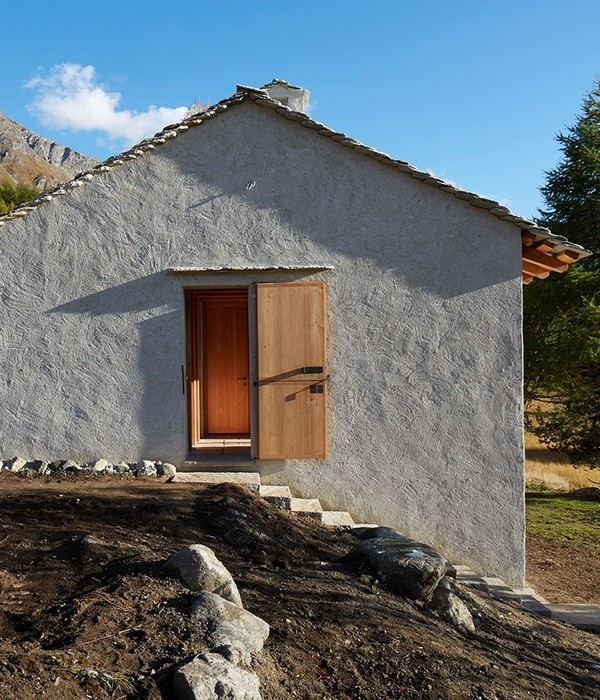The project is located on 6th Avenue in the Rosemont-La-Petite-Patrie borough in Montreal. Starting from a two-story duplex built in the 1930s, the project consists of a complete renovation of the building into a single-family house with the addition of a mezzanine. The young family of 3 children, whose parents are passionate about architecture, wants to live in an urban and contemporary home that is organized around excentric and atypical living spaces.
On the ground floor, the living spaces are distributed in an open area giving way to a sculptural staircase that unfolds vertically over three floors up to the mezzanine. All the spaces in the house are thus organized around the periphery of the staircase, which becomes the central entity of the project.
Upstairs, the parental bedroom is located away from the children's bedrooms by the fault line in which the staircase majestically unfolds. On the mezzanine, this same void is capped by a generous skylight that provides soft and diffused light. The angular and sculptural cuts that shape the perimeter of the skylight provide an abundant supply of light. The staircase, which by its articulation can recall the game of snakes and ladders, is fashioned from raw steel plates. Imposing, phantasmagorical, the staircase with its crossing of flights enlivens the space and personalizes the entire house.
An analogy comes to mind with the famous black and white lithograph of the Endless Staircase by Dutch artist Escher where optical illusions are generated by rigged perspectives and impossible constructions.
Remaining in tones of and black and white, the rear facade of the house is made of charred wood siding, vertical white painted pine slats and raw fiber cement panels. A rounded overhanging volume that houses the master bedroom protects a portion of the ground floor terrace from the elements. This east-facing projection volume brings morning light to its occupants while creating a soft gradient of light on its rounded shapes.
The result as a whole is a unique house that bluntly explores the creative limits of a daring architectural gesture, while offering its occupants a stimulating and unusual place to live.
Type: Single family house
Intervention: Complete renovation
Location: 6e avenue (Quartier Rosemont-Petite-Patrie), Montreal, Quebec, Canada
Area: 2560 pi2 (gross)
Date: 2021
Photo credits: Ronan Mézière
[FR]
Le projet se situe sur la 6e Avenue dans l’arrondissement Rosemont-La-Petite-Patrie à Montréal. Ce projet consiste en une rénovation complète et conversion d’un duplex de deux étages des années 1930 en maison unifamiliale. La jeune famille de 3 enfants dont les parents sont passionnés d’architecture, souhaite vivre dans une habitation urbaine et contemporaine s’organisant autour d’espaces de vie inusités et hors du commun.
Au rez-de-chaussée, les espaces de vie sont distribués au sein d’une aire ouverte laissant place à un escalier sculptural. Celui-ci se déploie tout en verticalité sur les trois étages jusqu’à la mezzanine. L’ensemble des espaces de l’habitation se trouvent ainsi organisés en périphérie de l’escalier devenant le sujet central du projet : l’escalier.
À l’étage, la chambre parentale est mise à distance des chambres d’enfants par ce vide central dans lequel se déploie majestueusement l’escalier. Ce même vide est coiffé à la mezzanine d’un généreux puits de lumière offrant aux espaces une lumière douce et diffuse. Les découpes angulaires façonnent le pourtour du puits de lumière en offrant un apport de lumière plus abondant.
L’escalier qui par son articulation peut rappeler le jeu de serpents et échelles est façonné en plaque d’acier brut. Imposant, sinueux et fantasmagorique, cet escalier avec ses croisements de volées anime l’espace et personnalise l’ensemble de la maison.
Une analogie vient à l’esprit avec la célèbre lithographie de l’Escalier sans fin en noir et blanc de l’artiste néerlandais Escher. Dans cette œuvre, des illusions d’optique sont générées par des perspectives truquées de constructions impossibles.
Demeurant dans les tonalités de blanc de et de noir, la façade arrière est habillée de bois brûlé, de lattes de bois blanches ainsi de panneaux de fibrociment bruts. Le volume arrondi de la chambre parentale surplombe une portion de la terrasse en rez-de-chaussée offrant un espace extérieur protégé des intempéries. Orienté vers l’Est, le volume offre une lumière matinale à ses occupants tout en créant un doux dégradé de luminosité sur sa forme arrondie.
En résulte une maison unique explorant sans détour les limites créatives d’un geste architectural audacieux, tout en offrant à ses occupants un lieu de vie stimulant et inusité.
{{item.text_origin}}

